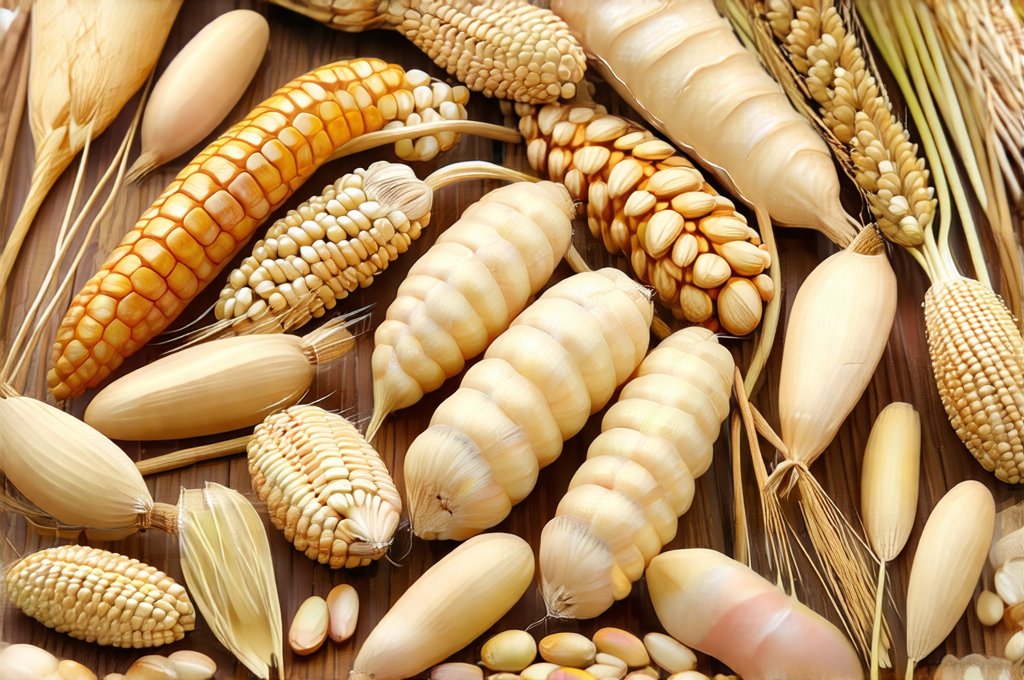The human gut is often described as an inner ecosystem, teeming with trillions of microorganisms—bacteria, archaea, fungi, viruses—collectively known as the gut microbiota. This complex community plays a pivotal role not just in digestion but also in immunity, mental health, and overall wellbeing. Increasingly, research highlights the profound connection between the gut microbiome’s composition and our energy levels. A disrupted or imbalanced gut (dysbiosis) can contribute to fatigue, inflammation, and reduced nutrient absorption, while a flourishing gut supports optimal energy production and utilization. Traditional food practices, particularly those involving fermentation, offer powerful tools for nurturing this essential ecosystem.
For millennia, cultures around the world have utilized fermentation as a method of preserving foods and enhancing their nutritional value. Beyond preservation, however, fermented grains specifically introduce beneficial microorganisms and prebiotics – substances that feed existing gut flora – into our digestive system. This process not only aids digestion but also increases bioavailability of nutrients within the grain itself and potentially impacts energy production at a cellular level. It’s a return to methods our ancestors intuitively understood: working with natural processes rather than against them, to create more nourishing and energizing foods. Understanding the role of gut bacteria is key to unlocking these benefits.
The Science Behind Fermented Grains & Gut Flora
Fermentation is, at its core, a metabolic process that uses microorganisms – bacteria, yeast, or fungi – to convert carbohydrates into acids, gases, or alcohol. In the context of grains, this often involves lactic acid fermentation, carried out by specific bacterial strains. This process dramatically alters the grain’s composition and digestibility. When we consume these fermented grains, we’re effectively introducing a diverse community of beneficial microbes directly into our gut, supplementing – and potentially reshaping – our existing microbiome.
- Increased microbial diversity is linked to improved immune function and resilience against pathogens.
- Fermentation breaks down complex carbohydrates (like phytates) that can inhibit nutrient absorption, making minerals like iron, zinc, and magnesium more readily available.
- The production of short-chain fatty acids (SCFAs), such as butyrate, during fermentation provides a crucial energy source for colon cells and has anti-inflammatory effects.
The impact extends beyond simply adding microbes. Fermented grains provide prebiotics, the fuel that supports the growth and activity of beneficial bacteria already residing in the gut. This symbiotic relationship – where we feed our existing microbiome and introduce new, helpful strains – is vital for maintaining a balanced and thriving gut ecosystem. A healthy gut, in turn, contributes to improved digestion, nutrient absorption, and ultimately, higher energy levels by optimizing mitochondrial function (the powerhouses of our cells) and reducing inflammation. The role of gut movement is also crucial for overall digestive health.
Energy Production & The Gut-Grain Connection
Our bodies generate energy through complex metabolic pathways, with mitochondria playing a central role. However, the efficiency of these pathways is heavily influenced by the gut microbiome. A dysbiotic gut can lead to increased intestinal permeability (“leaky gut”), allowing inflammatory molecules to enter the bloodstream and impair mitochondrial function. Conversely, a healthy gut supports efficient energy production in several ways:
The SCFAs produced during fermentation, particularly butyrate, are a primary energy source for colonocytes (cells lining the colon), maintaining gut barrier integrity and reducing inflammation. This reduces the energy expenditure required by the immune system to manage chronic low-grade inflammation. Furthermore, certain bacterial strains can synthesize vitamins like B vitamins and vitamin K, which are essential cofactors in energy metabolism. A deficiency in these vitamins can lead to fatigue and reduced physical performance. Finally, a balanced gut microbiome improves nutrient absorption, ensuring that your body has the necessary building blocks for optimal energy production. This process is closely linked with gut inflammation, which can hinder energy levels.
Exploring Traditional Fermented Grain Products
Across diverse cultures, various fermented grain products have been staples for centuries, each offering unique benefits and flavors. Sourdough bread, perhaps one of the most well-known examples, utilizes lactic acid bacteria to ferment dough, resulting in improved digestibility and a lower glycemic index compared to conventionally leavened bread. Amazake, a traditional Japanese drink made from fermented rice, is rich in amino acids, glucose, and B vitamins, providing a natural energy boost without the crash associated with refined sugar.
- In Korea, nuruk (a fermentation starter) is used to make various fermented grain beverages like makgeolli (rice wine).
- Tibetan tsampa, roasted barley flour traditionally prepared with yak butter tea, often incorporates fermentation for enhanced digestibility and nutrient availability.
- Scandinavian filmjölk, a fermented milk product often enjoyed with grains, contributes to gut health and provides probiotics.
These traditional methods demonstrate an inherent understanding of how fermentation can unlock the nutritional potential of grains and support overall wellbeing. They weren’t simply about preservation; they were about maximizing nourishment and vitality. The key takeaway is that diversity in fermented grain products offers a wide range of microbial strains and nutrients, catering to individual needs and preferences. Understanding the gut-brain axis can help us understand the wider impact of gut health on overall wellbeing.
Incorporating Fermented Grains Into Your Diet
Introducing fermented grains into your diet doesn’t require drastic changes. Start small and gradually increase consumption to allow your gut microbiome time to adjust. Sourdough bread can replace commercially produced bread, providing a more digestible option. Amazake can be enjoyed as a breakfast drink or snack, offering a sustained energy source. You could also explore making your own fermented grain products – sourdough starter is relatively easy to maintain and offers a rewarding culinary experience.
- Begin with small portions: Start with a slice of sourdough toast or a small glass of amazake.
- Monitor your body’s response: Pay attention to how you feel after consuming fermented grains, noting any changes in digestion or energy levels.
- Diversify your sources: Explore different types of fermented grain products to introduce a wider range of microbial strains and nutrients.
Remember that individual responses can vary, so it’s important to listen to your body and adjust accordingly. If you have underlying digestive issues, consult with a healthcare professional before making significant dietary changes. The goal isn’t necessarily to eliminate all unfermented grains but rather to incorporate fermented options alongside them, creating a more balanced and gut-friendly diet. Consider the role of gut pH in optimizing digestion.
Addressing Potential Challenges & Considerations
While generally safe and beneficial, there are a few considerations when incorporating fermented grains into your diet. Individuals with histamine intolerance may experience symptoms due to the increased histamine levels in some fermented foods. Starting with small amounts and monitoring for reactions is crucial. Also, commercially produced sourdough bread may not always contain live cultures if it has been baked at very high temperatures or processed extensively after fermentation.
- Look for breads labeled “naturally leavened” or “slow-fermented” to ensure they retain beneficial microbes.
- Be mindful of added sugars and preservatives in some commercial fermented products. Choose minimally processed options whenever possible.
- If you are immunocompromised, consult with your healthcare provider before significantly increasing your intake of fermented foods.
Ultimately, embracing fermented grains is about reconnecting with ancestral wisdom and harnessing the power of microbial communities to support our health and vitality. It’s a proactive step towards cultivating a thriving gut ecosystem and optimizing energy levels – a journey that benefits not just our physical wellbeing but also our overall quality of life. Exploring fiber’s role in supporting gut health can further enhance these efforts.


















